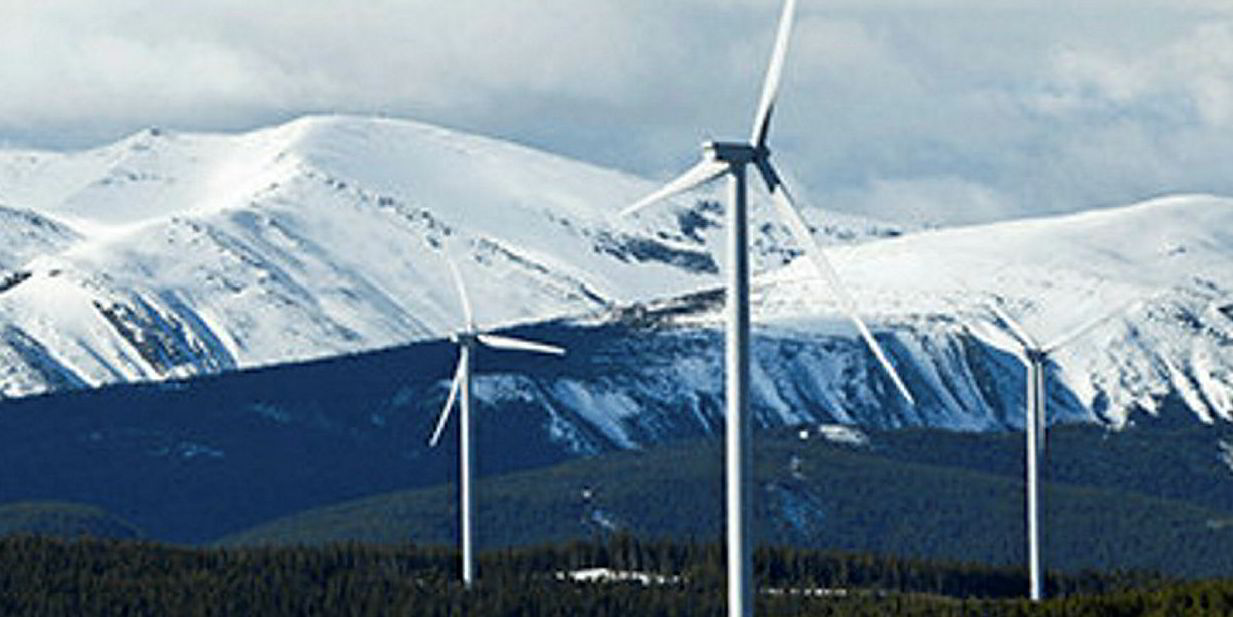California’s smooth progress towards its massive renewable energy goals could lie in the hands of a federal bankruptcy judge after state utility PG&E asked him for the ability to cancel up to $42bn of power contracts – the vast majority of them for wind and solar.
Some of the largest players in the US wind and PV industries face potential financial losses if judge Dennis Montali grants the utility’s request to decide which PPAs it will terminate.
PG&E, California’s largest utility, which filed for Chapter 11 bankruptcy protection on Tuesday, argues that ending certain contracts would allow it to avoid “irreparable harm” as it looks to reduce $51.7bn in debt and successfully reorganise itself under Montali’s supervision.
The utility’s apparent strategy is to renegotiate some of the voided contracts at lower prices. That would free cash to help it meet liabilities that could exceed $30bn relating to lawsuits over deadly forest fires, which victims blame partly on its equipment.
Voiding PPAs could depress large-scale wind and solar investment in California and raise questions over the state’s ability to meet ambitious renewable energy targets. PG&E would also likely have to rely on dirtier sources of electricity to replace existing contracts.
The utility sealed 298 of the 387 contracts in question to procure renewable power for up to 20-years to comply with the state’s ambitious climate policies, which now include sourcing 50% of its power from renewables by 2026.
By the end of 2017, the investor-owned utility had already met a 2020 mandate to derive 33% of its retail electricity from renewables, with a heavy bias towards solar.
Fitch and S&P Global have begun slashing credit ratings for large solar projects in California that rely on PG&E for off-take revenue, such as Berkshire Hathaway Energy’s 550MW Topaz and NextEra Energy Resources’ 250MW Genesis facility.
The Chapter 11 filing is the largest US bankruptcy for a utility and sixth largest corporate-bankruptcy by assets ($71.4bn).
PG&E is also asking the court to prevent federal regulators from barring it from annulling contracts.
The Federal Energy Regulatory Commission (FERC) provides oversight of CAISO, which operates a competitive wholesale electricity market in California and much of the state’s transmission grid, and operates a regional energy imbalance market.
The San Jose Mercury News reported that at the request of NextEra, FERC announced it has “concurrent jurisdiction” in the case with the judge to approve or reject PG&E efforts to cancel PPAs or other contracts.
The utility in its filings argued that FERC should not be allowed veto authority, as this would undermine the integrity of the bankruptcy process and place wind and solar energy providers ahead of wildfire victims and other potential creditors, according to the newspaper.
Whether the court will allow PG&E to annul the contracts is unclear. Doing so would unleash a wave of lawsuits by renewables and other energy providers, adding to its projected massive legal bill to emerge from bankruptcy.
In a letter to shareholders, chief executive Mike Garland of Pattern Energy, whose 101MW Hatchet Ridge wind farm has a PPA with PG&E, noted that all of the utility’s off-take commitments were apparently honoured during its last bankruptcy in 2001.


